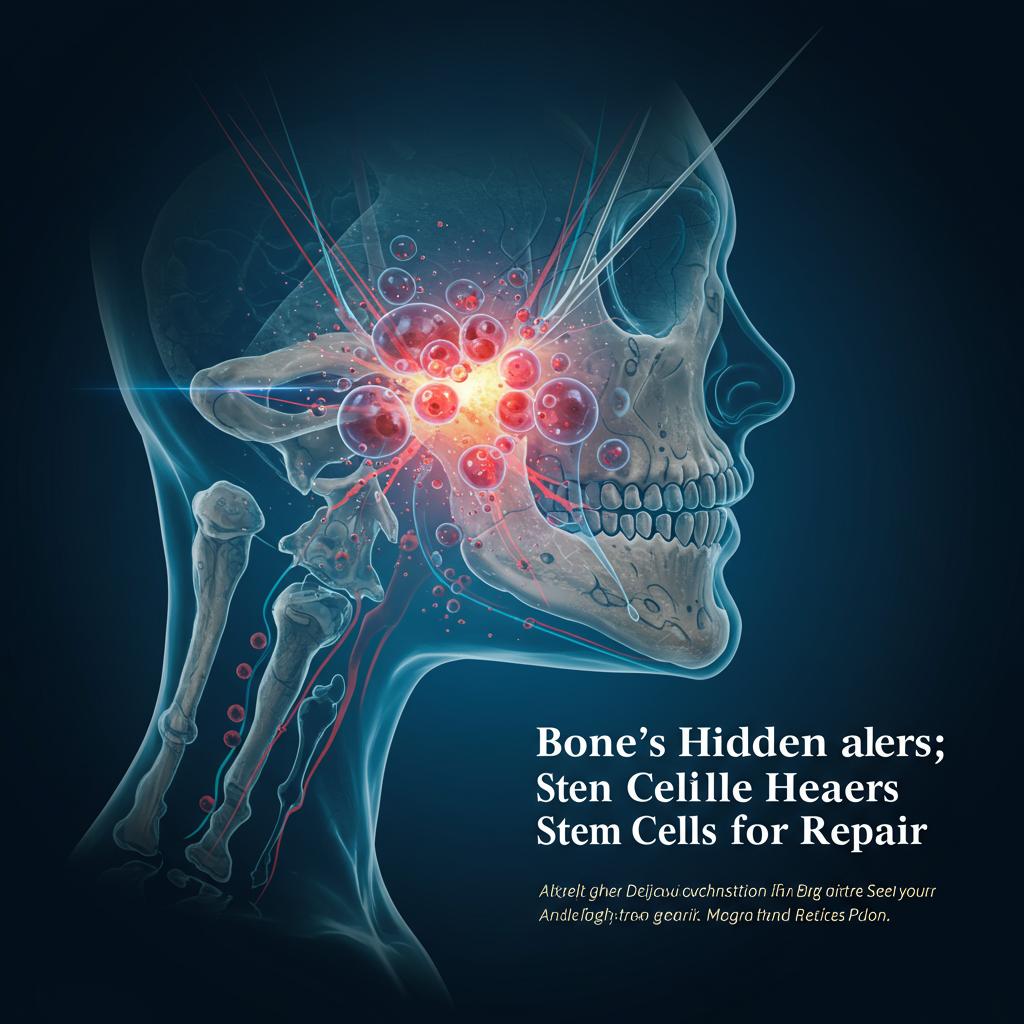
Ever wonder how your bones stay healthy and strong throughout your life? The secret lies in tiny powerhouses called skeletal stem cells (SSCs). Think of them as the master builders of your skeleton, constantly working behind the scenes to keep your bones in tip-top shape. These remarkable cells are the unsung heroes responsible for bone growth, repair, and overall skeletal health.
SSCs have some pretty amazing abilities that make them essential for maintaining skeletal homeostasis – that is, the balanced and stable environment your bones need to function properly.
- Self-Renewal: Like a magical fountain of youth, SSCs can replicate themselves, ensuring a constant supply of these vital cells throughout your life. This self-renewal process is crucial for keeping your bones strong and resilient over time.
- Multilineage Potential: SSCs are incredibly versatile. They can differentiate, or transform, into various types of bone cells, including osteoblasts (bone-forming cells), osteocytes (mature bone cells), and chondrocytes (cartilage-forming cells). This flexibility allows SSCs to contribute to the diverse needs of your skeletal system.
- Longevity: These tiny workhorses are built to last. SSCs are long-lived in the body, meaning they can continue their bone-building and repair work for extended periods, providing long-term support for your skeleton.
- Specific Surface Markers: Like wearing unique name tags, SSCs display specific combinations of cell surface markers. These markers act as identifiers, allowing scientists to distinguish them from other cell types and understand their specific roles within the skeletal system. This helps researchers better understand how these cells function and develop targeted therapies for bone diseases.
What’s even more fascinating is that SSCs are highly adaptable. They adjust to their specific location within the skeleton to address the unique demands of different bones. For instance, the SSCs in your hip might behave differently than those in your spine, reflecting the varying stresses and strains each area experiences. This adaptability allows SSCs to support regional differences in skeletal behavior and respond effectively to localized injuries or pathologies.
The study of SSCs is a rapidly evolving field with significant implications for treating skeletal disorders. Understanding how these cells function, differentiate, and respond to their environment is crucial for developing new therapies for conditions like osteoporosis, fractures, and bone cancers. Researchers are exploring ways to harness the regenerative power of SSCs to promote bone healing and improve skeletal health. By unlocking the secrets of these remarkable cells, scientists hope to revolutionize the treatment of skeletal diseases and improve the quality of life for millions.
